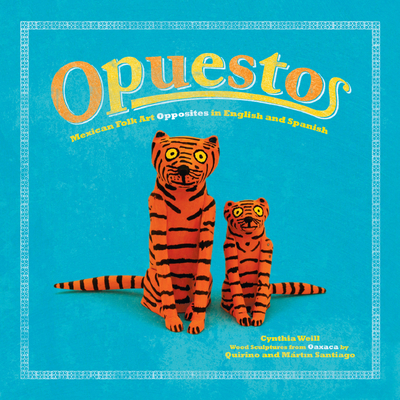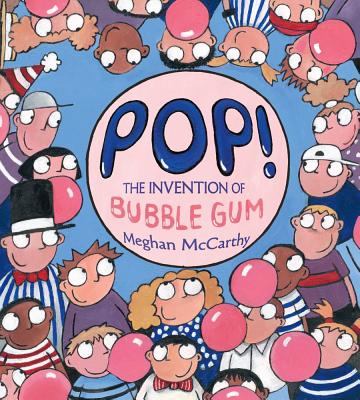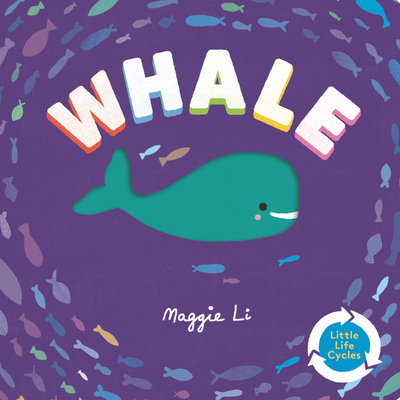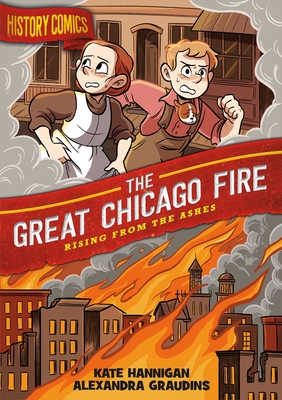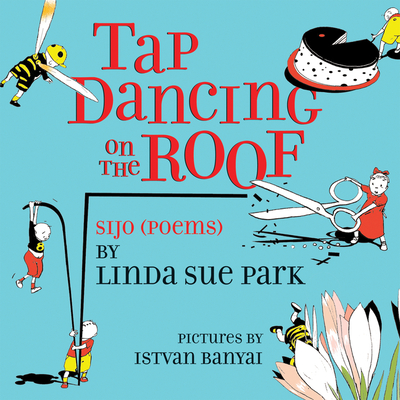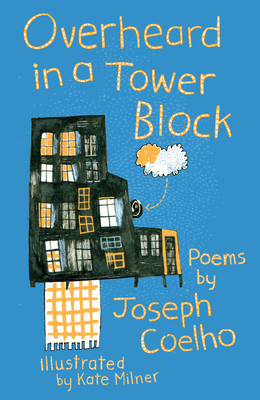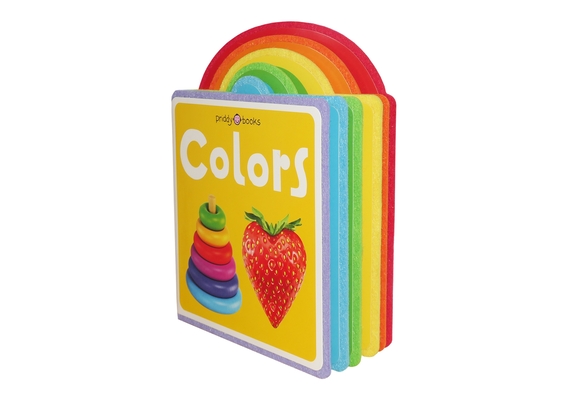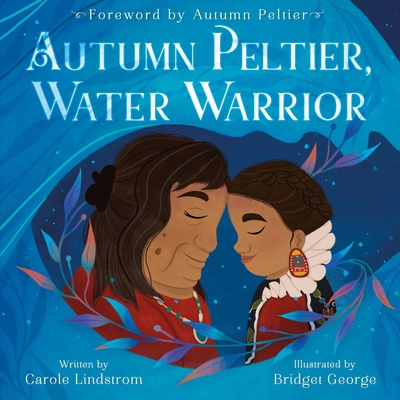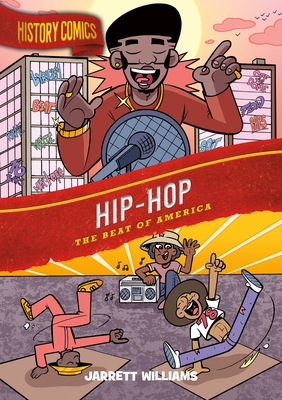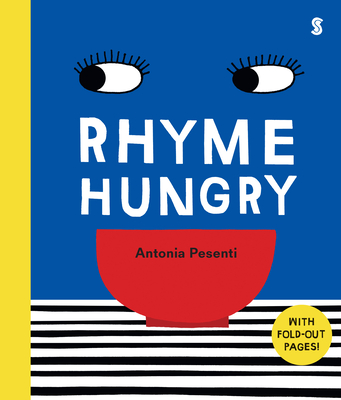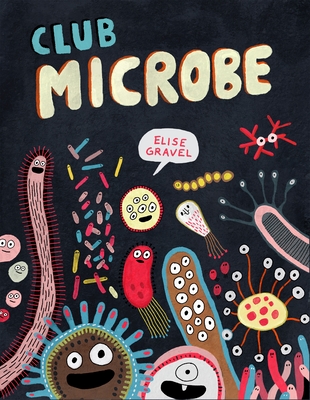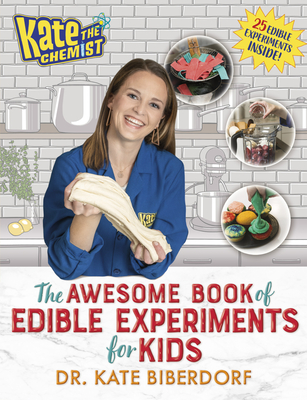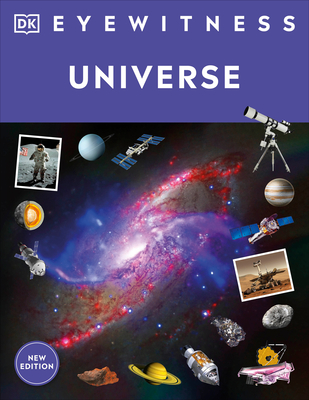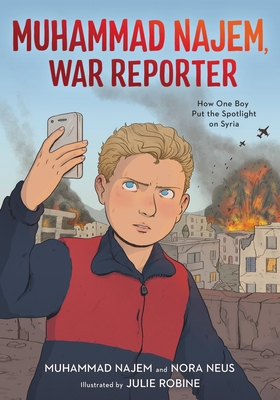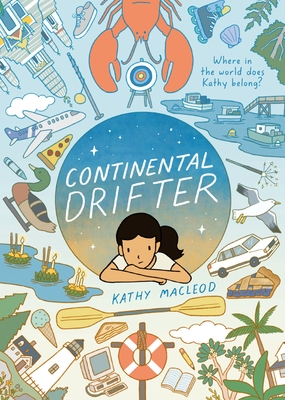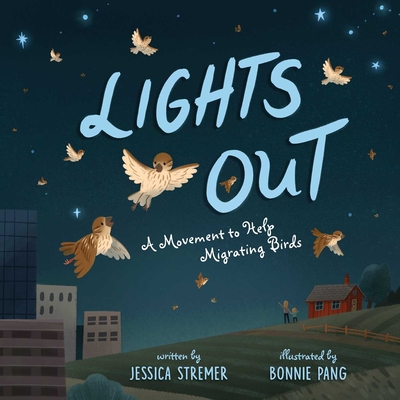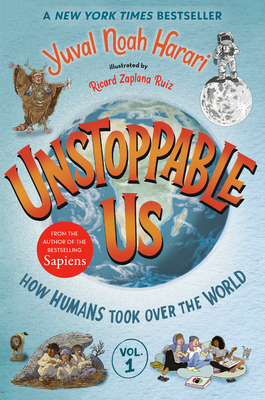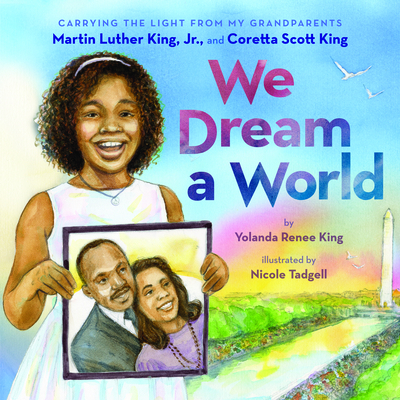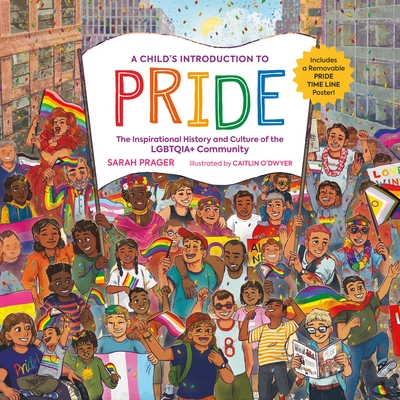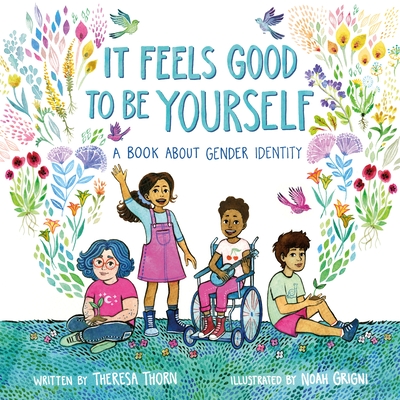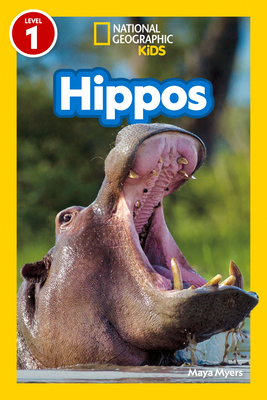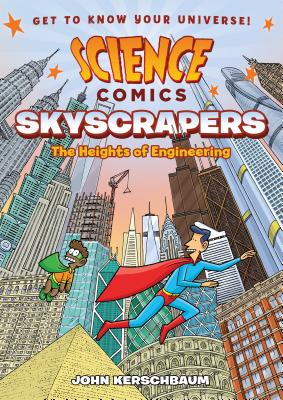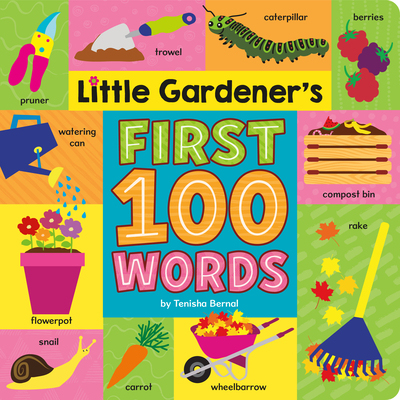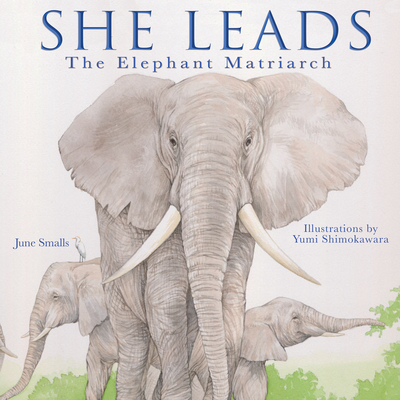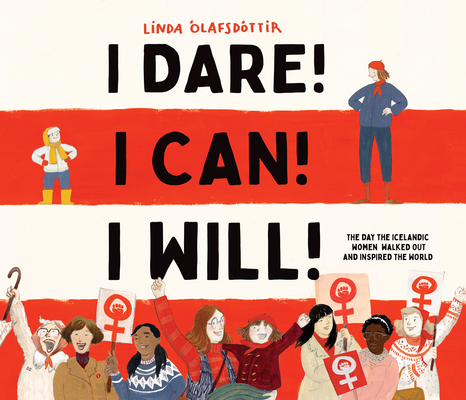Description
Happy hand-painted animals from Oaxaca, Mexico, teach kids about opposites in two languages
Felices animales pintados a mano de Oaxaca, M xico, ense a a los ni os sobre los opuestos en este encantador libro biling e
Cynthia Weill's book of Mexican folk art introduces young readers to opposites in Spanish and English. These whimsical little animals, carved and painted by hand, make learning about opposites fun. Up and down, tall and short, left and right--all inside a beautiful book.
En este libro de artesan a mexicana, Cynthia Weill le ense a a ni os sobre opuestos en espa ol e ingles Estos animalitos fantasiosos de Oaxaca, tallados y pintados a mano, hacen aprender sobre opuestos divertido. Arriba y abajo, alto y peque o, izquierda y derecha--todo adentro de un libro encantador.
About the Author
Cynthia Weill's fascination with the crafts of Oaxaca began while she was working in Mexico as a Fulbright exchange teacher. She has published several books in the First Concepts in Mexican Folk Art series, which features different folk art of Oaxaca. Many of the figures showcased in this series are now part of the permanent Mesoamerican Anthropology collections at the Field Museum of Natural History in Chicago, Illinois. Cindy lives in New York City and online at cynthiaweill.net. Martín and Quirino Santiago are brothers who carve wooden figures. The figures in Opuestos were made in La Union Tejalapam, a Oaxacan village that lies in a valley between the mountains of the Sierra Norte. Martín Santiago, a farmer, began carving in the late 1960s and his brother Quirino followed him into the trade soon after. The figures are made from the wood of the flowering jacaranda tree. After carving the pieces, the artisans paint them with natural aniline dyes. Making the figures requires enormous skill as the artisans work with machetes on small pieces of wood. Quirino and Martín draw inspiration from the world around them. They observe their own livestock such as goats and cows, domestic animals like cats and dogs, and the wild animals they see such as deer and lynx. Quirino and Martín carved the figures in Opuestos with help from their brother Placido and his sons Calixto and Eloy, their nephew Maximino Santiago, their cousin Julio Jimenez, and Martin's son Jaime.
